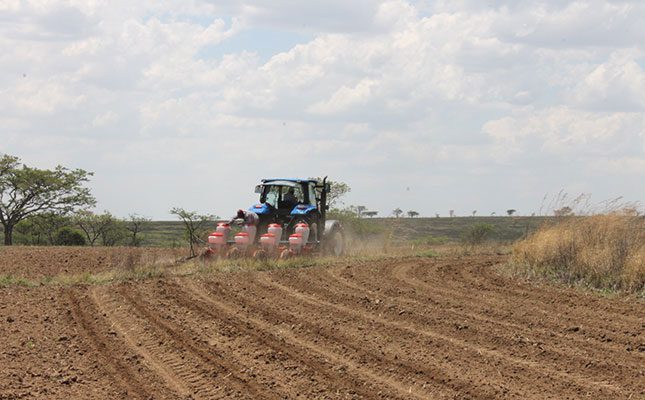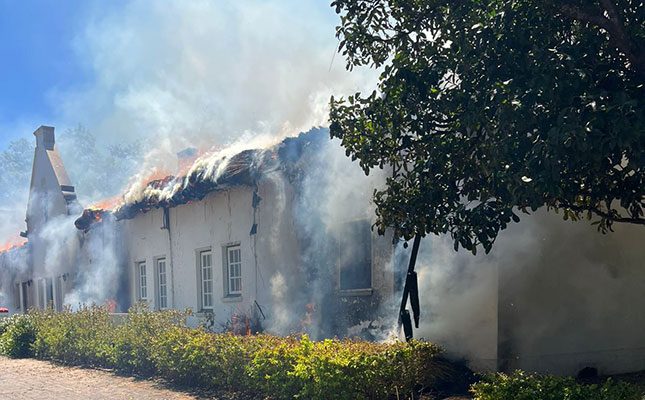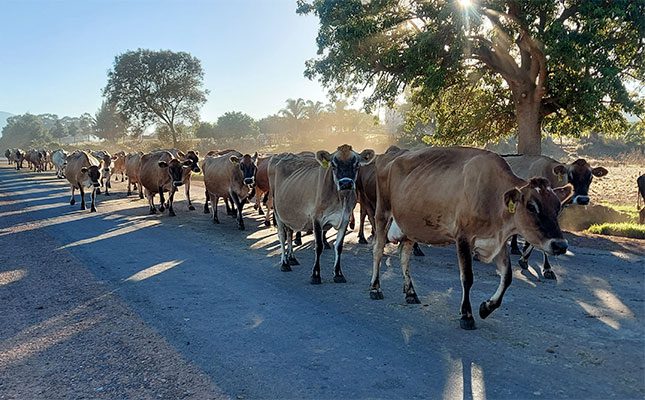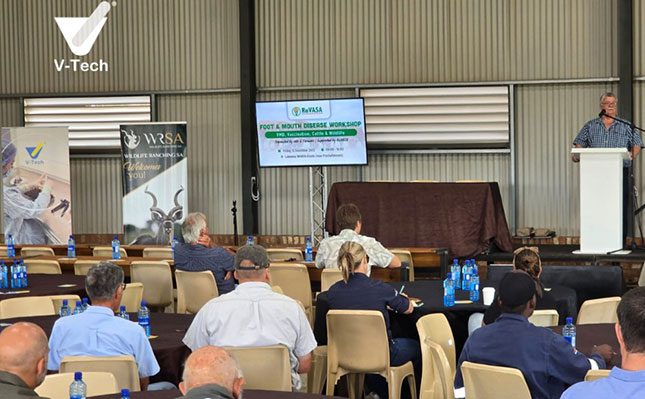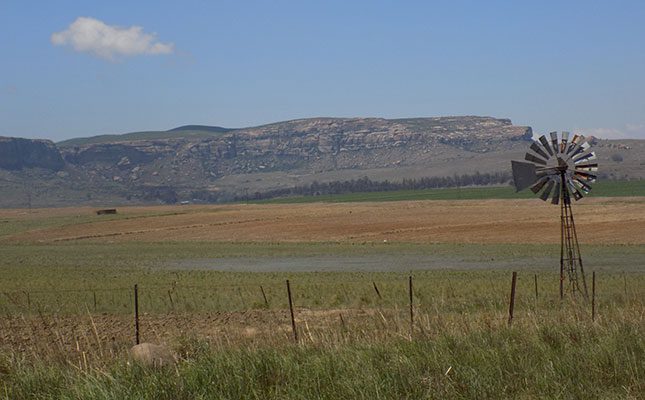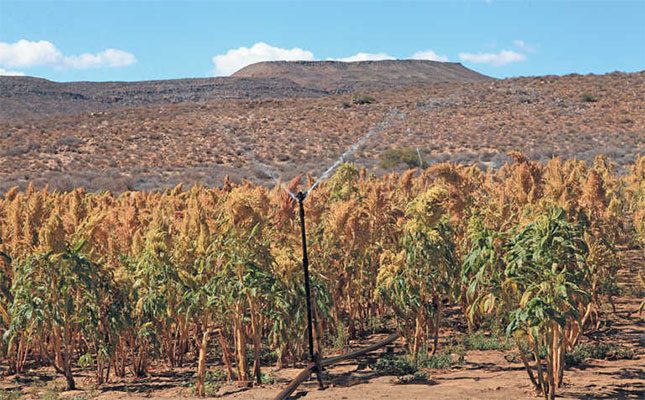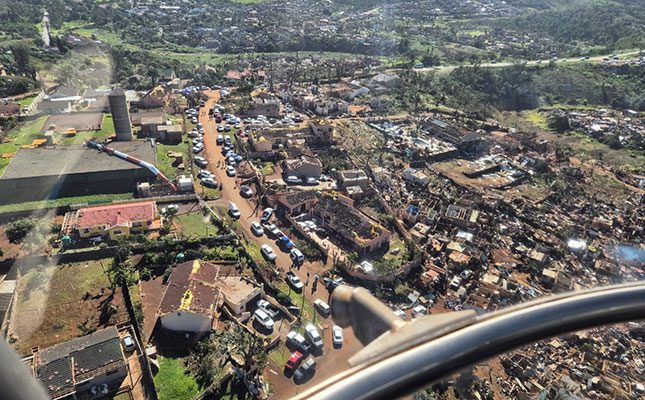
Photo: IPSS Medical Rescue
In the past 24 hours, people have lost their lives, families have been displaced and roads and other infrastructure have been damaged because of heavy rains and gale-force winds in particularly the coastal regions of KwaZulu-Natal, the Eastern Cape and Western Cape.
Independent meteorologist Johan van den Berg confirmed that this type of weather was abnormal for this time of year, but it had become more frequent over the past two years.
“The weather is caused by a cut-off low, which is a smallish but intense pressure system that is associated with extreme weather, such as strong winds, heavy rainfall, very cold temperatures and snowfall, as can already be seen and was forecasted for the northern high ground of the Eastern Cape, the eastern high ground of the Western Cape, southern high ground of the Northern Cape and parts of the Drakensberg and in Lesotho,” he said.
He ascribed the weather to a combination of El Niño conditions and climate change.
While the cut-off low has caused severe infrastructural damage in the coastal regions of KwaZulu-Natal and the Eastern Cape, which might indirectly influence service delivery and transportation to and from farms, Van den Berg said he had not yet heard of significant damage to farms.
KZN – Storm Damage: pic.twitter.com/MbAVMO1bNb
— TrafficSA (@TrafficSA) June 3, 2024
“The sudden cold temperatures could be dangerous for livestock, but fortunately goats and sheep are generally not sheared this time of year. Early warning systems have also improved greatly over the years, allowing farmers to take precautionary measures to protect their livestock from the cold,” he said.
PJ Hassard, president of the KwaZulu Natal Agricultural Association, Kwanalu, confirmed that most farmers in KwaZulu-Natal welcomed the rain, because they had received below-average rainfall in January and February: “There are a few farmers who might complain as they are still harvesting, but conditions are not as challenging as a year ago when it was much wetter.”
Koos Blanckenberg, chairperson of Grain SA’s Canola Specialist Committee, said farmers in especially the Swartland, which is a winter rainfall area, were grateful for the rain: “It had been terribly dry up until now, which meant that many farmers had to plant their winter cereals in the dust. Farmers in the Swartland have reportedly received between 20mm and 40mm of rain in the past couple of days, with Porterville receiving 70mm. The rain will make a big difference, but we will need more.”
Dian Landman, a dairy farmer from Tsitsikamma in the Eastern Cape, also welcomed the rain: “Our rainfall was below-average in May, so these rains will help to restore soil moisture levels and benefit pastures and veld.”

In terms of the rest of the season up until August, Van den Berg expects the winter rainfall region to receive average to above-average rainfall, and the rest of the country to receive average to below-average rainfall.
The outlook for the summer rainfall area in spring is positive so far thanks to the development of La Niña conditions, which are usually associated with high rainfall in the summer rainfall area of South Africa.


